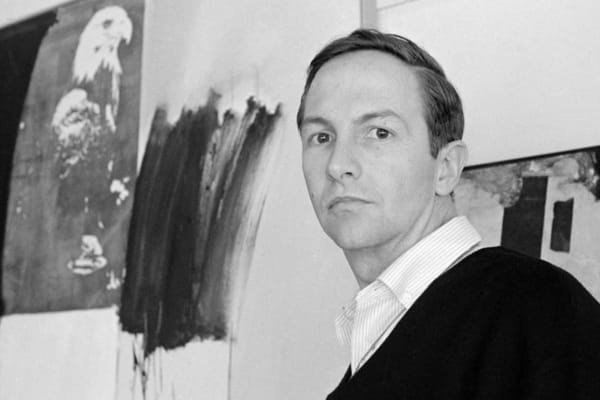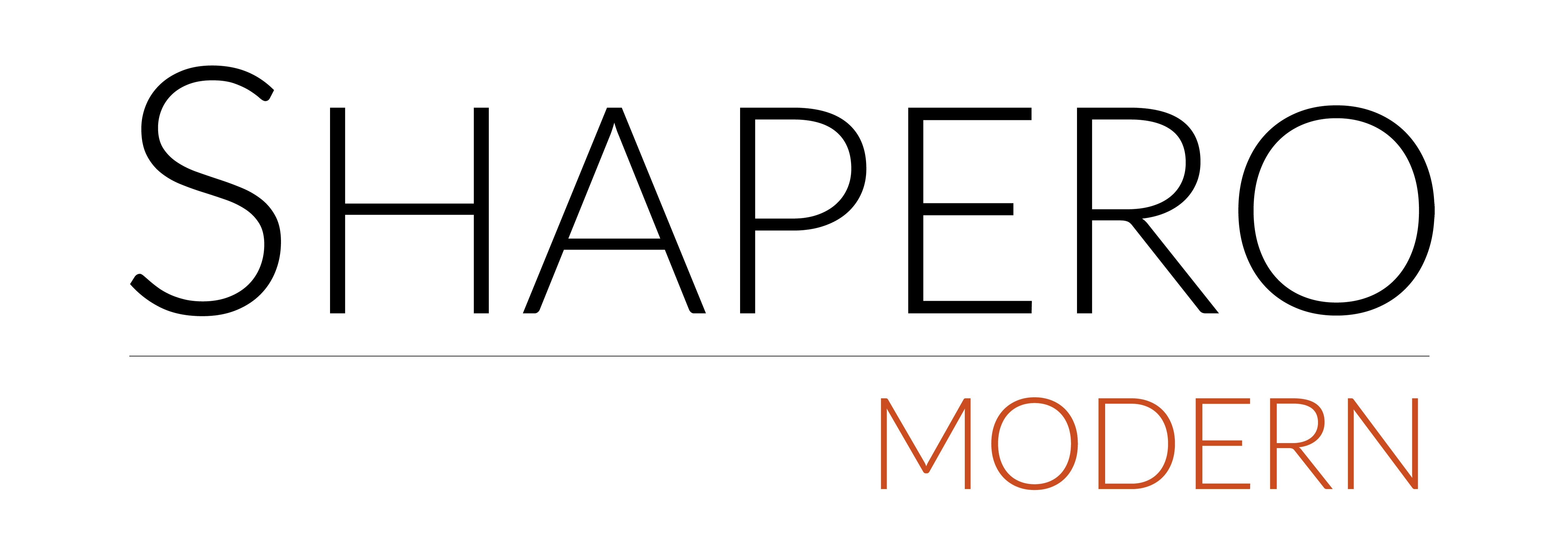Robert Rauschenberg
'An empty canvas is full.'
Robert Rauschenberg (1925–2008) was an American artist whose innovative approaches to art made him a central figure in the post-war era. Known for his 'Combines', Rauschenberg blended painting and sculpture, incorporating found objects to challenge the boundaries between media. His work, which also includes photography, printmaking, and performance, is celebrated for its experimental spirit and cultural commentary. Rauschenberg’s prints, particularly his silkscreens, are highly valued for their inventive techniques and complex imagery, reflecting his profound impact on modern art.
Explore signed prints by Robert Rauschenberg available for sale at our gallery now.
Send me more information on Robert Rauschenberg
Robert Rauschenberg (1925 – 2008) was born in Port Arthur, Texas in 1925. He attended the University of Texas in Austin where he studied pharmacology, dropping out shortly after as he was drafted to the United States Navy in 1944. He served as a neuropsychiatric technician in a Navy hospital until his discharge in 1946. He went on to study at the Kansas City Art Institute and the Académie Julian in Paris. In 1948, Rauschenberg enrolled at Black Mountain College in North Carolina. Here he studied under Josef Albers, taking his preliminary design courses, and experimenting with a variety of artistic mediums, of which his work often features a combination.
He had his first solo exhibition in 1951 at Betty Parsons Gallery, and sold his first collages and sculptures including the Scatole Personali and Feticci Personali at galleries in Rome and Florence in 1953. Later that year Eleanor Ward invited him to participate in her exhibition at the Stable Gallery.
In 1954 he exhibited solo at the Charles Egan Gallery, where he presented his famous Red Paintings. At this time, Rauschenberg refocused his efforts on sculpture, and in 1961 he was invited to participate in an exhibition at the Galerie Iris Clert in Paris, where his telegram was showcased as experimental portraiture. Rauschenberg began to experiment with a silkscreeen process, causing critics to associate this series with Pop art.
In the 1990s a retrospective was held at the Solomon R. Guggenheim Museum in New York (1997) which traveled to museums in Houston, Cologne and Bilbao through 1999. He was exhibited at the Metropolitan Museum of Art in 2005, which traveled to the Museum of Contemporary Art in Los Angeles, Centre Georges Pompidou, Paris and Moderna Museet, Stockholm through until 2007. There was a posthumous retrospective held at the Tate Modern in 2016, which toured to MoMa in New York and the San Francisco Museum of Modern Art through 2017.
-

Icons of Pop Art
The revolutionary artworks of four icons of American Pop Art Jun 2, 2025Robert Rauschenberg, Signs , 1970 Robert Rauschenberg (1925–2008) was instrumental in establishing Pop Art in the United States. His innovative ‘Combines’ fused painting and sculpture...Read more -

Robert Rauschenberg Facts: Five Things to Know
July 5, 2021Rauschenberg playfully splashed his screen-prints with brilliant daubs of colour, forcing his audience to rethink everyday objects. 1. HE WASN’T AFRAID OF ATTENTION! Rauschenberg playfully...Read more

